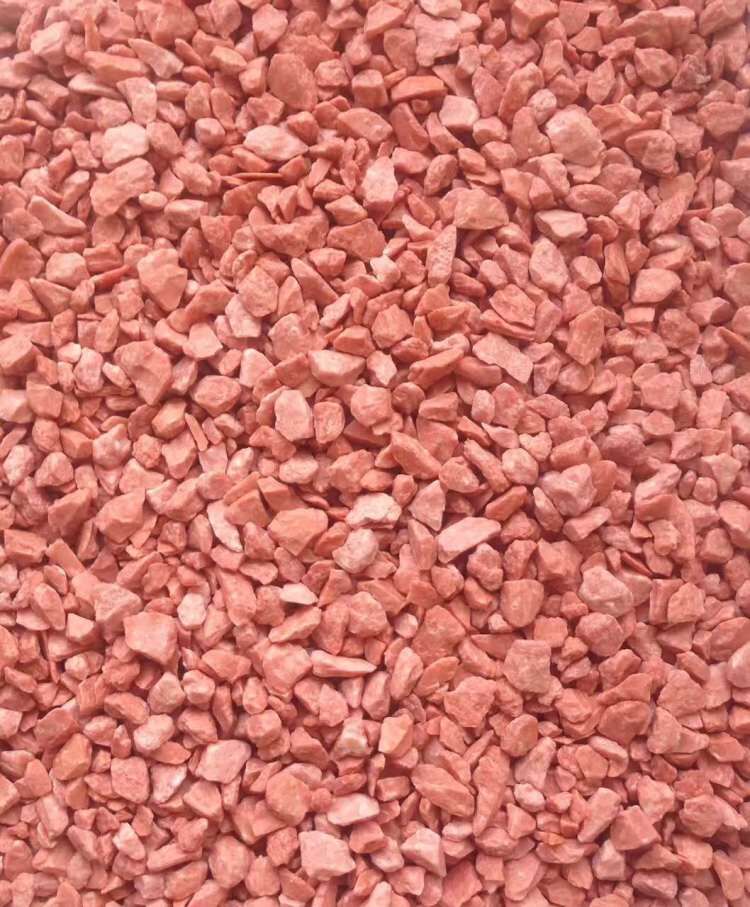
Contact us
Jason_Wang
Phone :+86 159 6139 7807
Email :Jasonwang@lyggrace.com.cn
Webside :shjrhg.com.cn
Address :Liangyungang City,Jiangsu Province,China

The difference between dry ammonium and wet ammonium is that they are made in different ways. In fact, they all contain the same substance. They are all ammonium chloride crystals. The two manufacturing methods are dry process and wet process respectively. Their manufacturing methods are distinguished as follows:
Dry granulation of powdered ammonium chloride
According to the national standard of ammonium chloride products, the moisture content of ammonium chloride after drying should be less than 1.0%, and anti-caking agent should be added. Granular ammonium chloride after granulation with dry ammonium can meet the requirements of GB2946-92 standard. Dahua has developed 1000-process granulation products according to its own product characteristics, and after homogenization, it is fed into the counter-roll machine through belt conveyor for granulation.
Process flow: finished powder ammonium chloride is fed into feeding belt by bucket elevator, and evenly separated into granulator by percutaneous belt unloader. The powder is extruded by roll-to-roll, crushed by crusher, and sifted by sifter. After the finished product granular ammonium chloride is fed into sieve by belt through bucket elevator and enters into silo. After screening, the powder is returned to the raw material bucket elevator and mixed with the raw material and then re-granulated.
Because the temperature, water content and anti-caking agent of the finished powder ammonium chloride affect the granulation strength and granulation rate, the drying powder ammonium chloride temperature should be stored from 60 to 80 degrees Celsius to 30 to 40 degrees Celsius in the production process. At the same time, the powder ammonium chloride spraying device should be added before the roller extrusion. Otherwise, there will be low granulation strength and more powder. The storage of powdered ammonium chloride will occur caking phenomenon when the seasonal temperature varies more than 10-20 hours. The feeding process increases the production cost. The process route has low granulation rate and more powders.
2. Wet ammonium chloride granulation
This method directly granulates wet ammonium chloride. After the slurry is taken out from the mould and thickened by the thickener, HR-500N two-stage centrifuge is used. The moisture content of wet ammonium is less than 5%. The advantages of wet ammonium extrusion granulation are as follows:
1) Save drying process, mixer and mixer, and save energy.
2) Simplify the process and save investment.
3) The product has high forming rate and less powder.
The moisture content of wet ammonium chloride was 5%-6% in the mechanical granulation test of Dalian Alkali Making Research Institute in 1979. The test granulation effect was very good. For example, HR-500N two-stage centrifuge was used, moisture content of wet ammonium was 4%-5%. The drying process was omitted, and its economic and social benefits were more remarkable. Similarly, the moisture content of wet ammonium granulation products will be too high, which needs to be understood by customers.
3. Rationalization of design for comprehensive utilization of granulation plant
When designing the ammonium chloride granulation plant, we should also consider supplementary facilities for the production of ammonium chloride compound fertilizer, adjust the product structure according to market demand, meet the needs of diversification of ammonium chloride product specifications at home and abroad, save investment in disposable equipment, and achieve high comprehensive benefits. Especially when the enterprises producing dry ammonium adopt the above three technological routes, they should consider them as a whole so as to realize the scale and maximum benefit of the granulation plant.